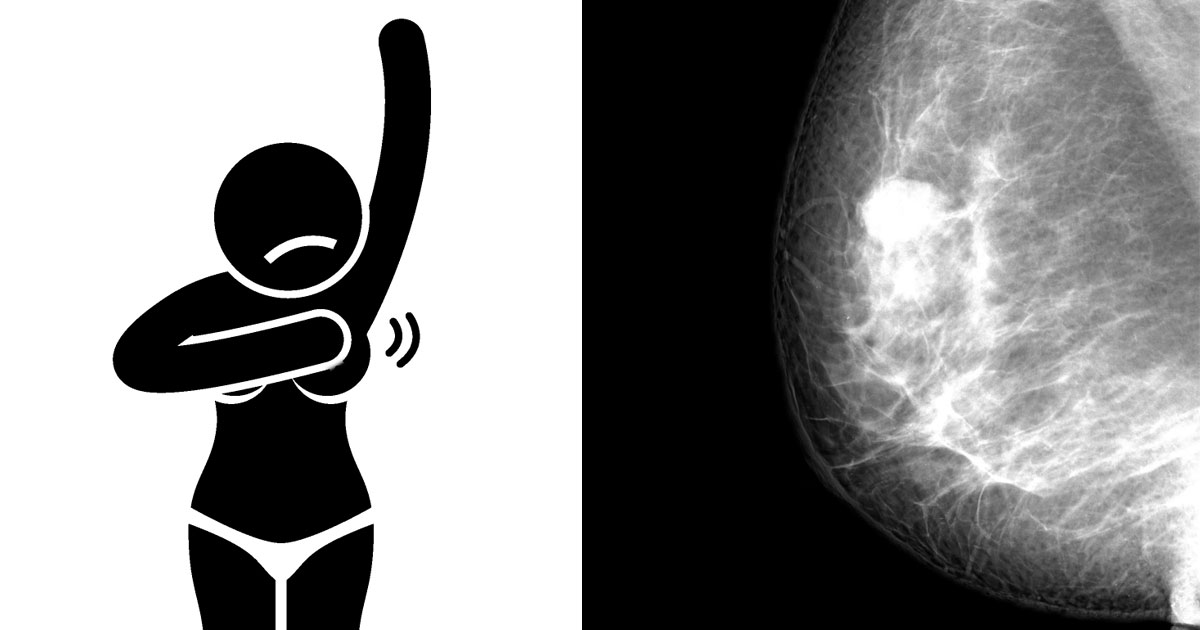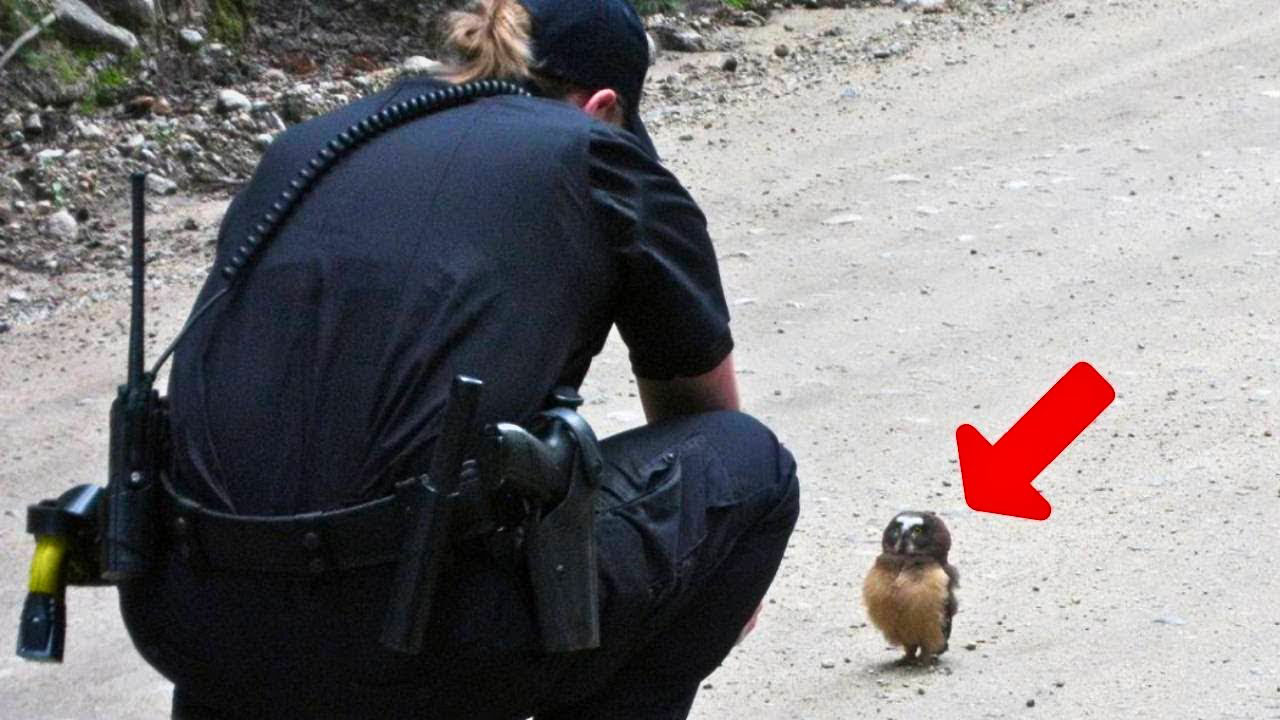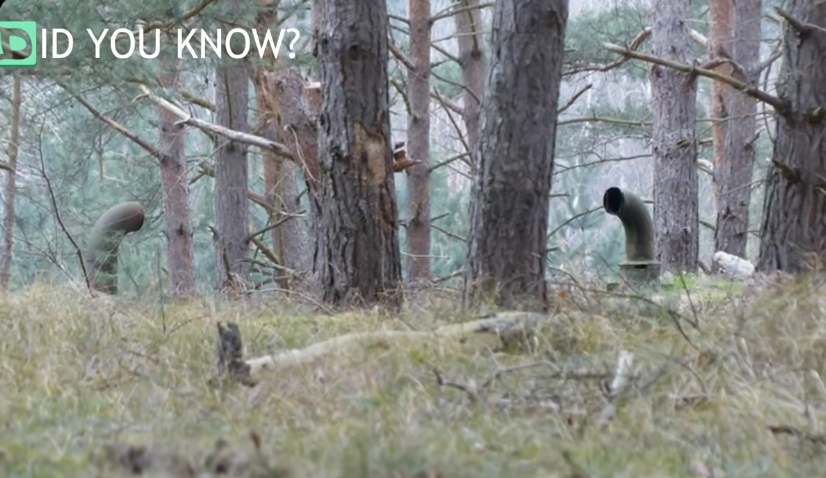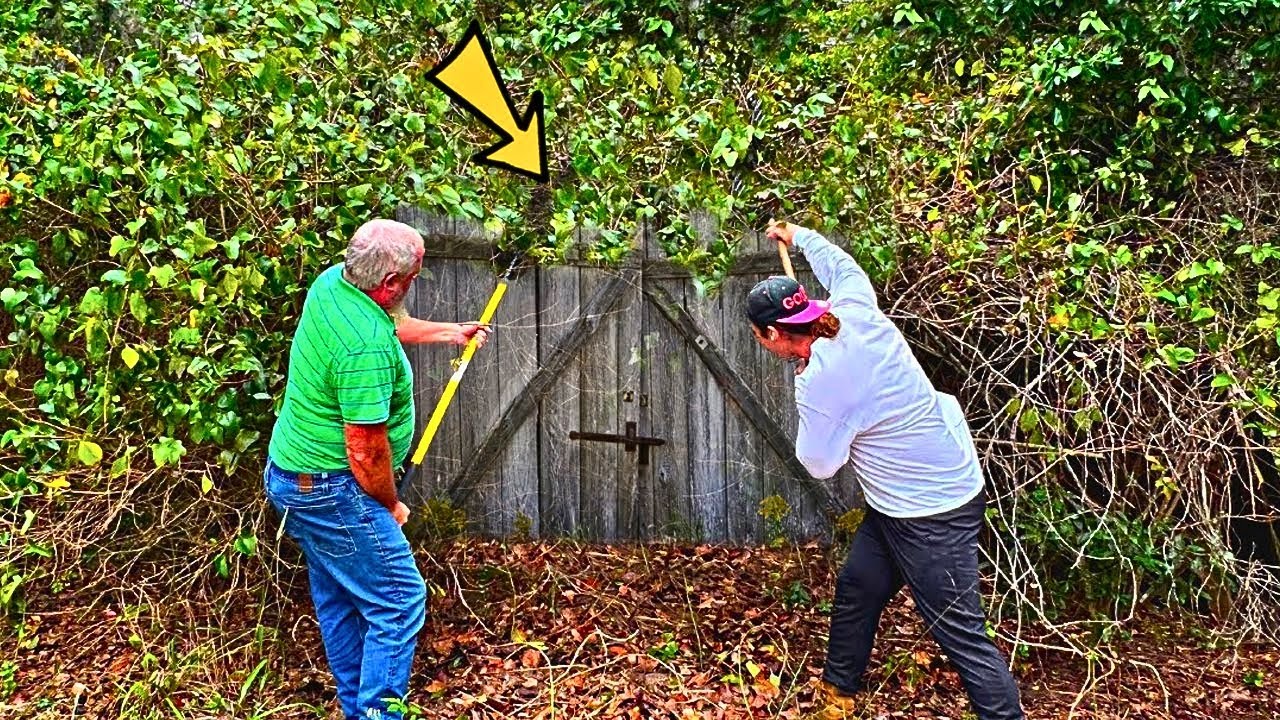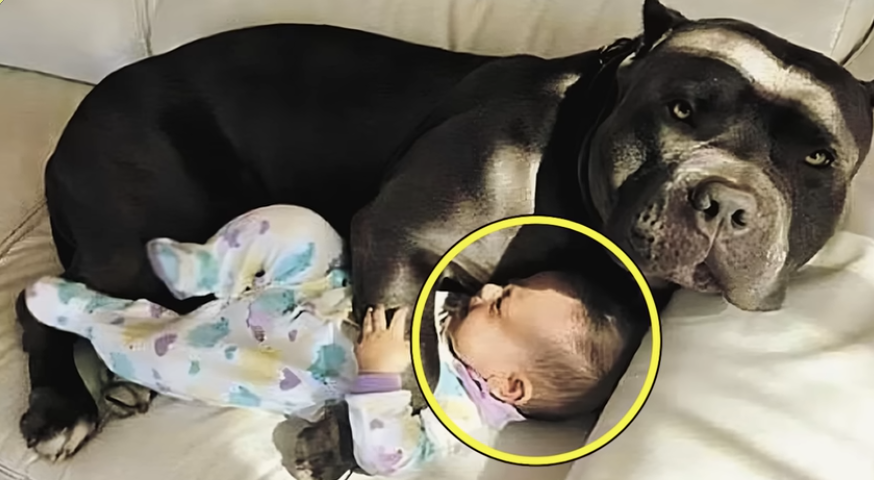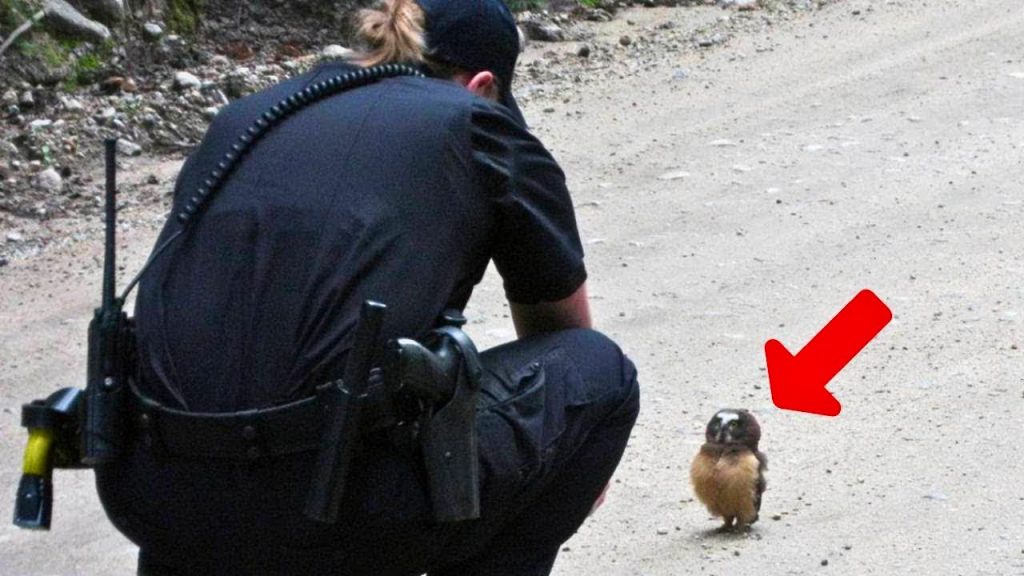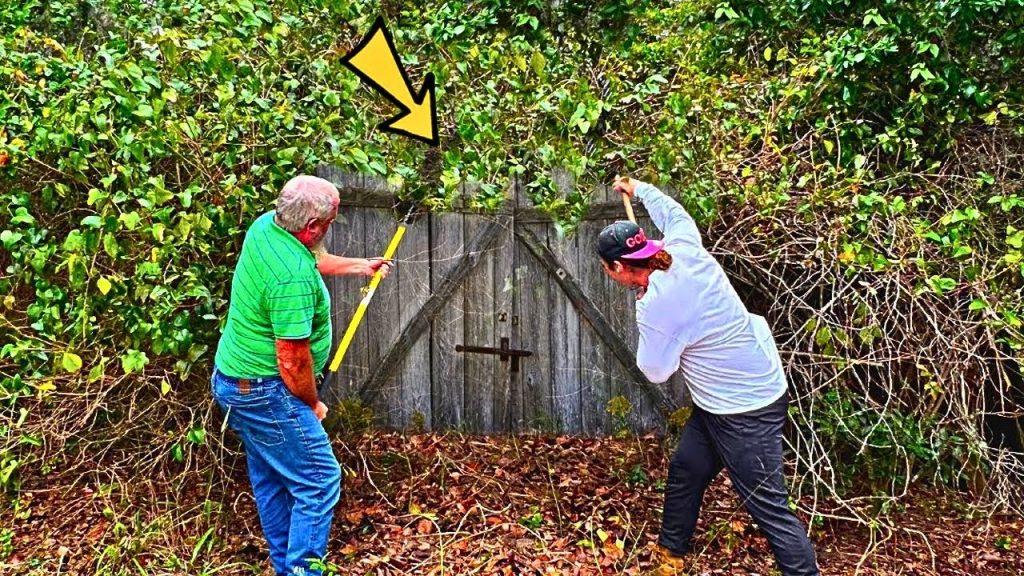Breast cancer is the most common type of cancer that women are at risk from and in America the statistics are startling. According to nationalbreastcancer.org, one in eight women are diagnosed with breast cancer at some point in their life, which makes it the second leading cause of death, falling only behind heart disease.
While the numbers are eye opening, they also tell a different story. Knowing the signs, being proactive, aware, and on top of any changes in breasts is the key to early detection and protecting yourself. In a breastcancer.org survey of 2,200 women, 37% of respondents reported that they first detected their cancer with a self-examination. A rule of thumb is that as soon as your breasts are fully developed you should begin to check them monthly. This annual exam serves to make you familiar with your body so that you know what feels normal and can recognize any changes as soon as possible.
As for when you should do a breast self-exam, the best time of the month is at least several days after your period has ended. That’s when breasts are least likely to be swollen and tender. Women who no longer get periods can choose an easy day to remember, like the first or last day of the month. For comprehensive instructions on how to perform a self-exam properly, please go to breastcancer.org for more information and read on below.
The first thing that you should always keep in mind is that not all bumps are automatic signs of cancer. Many lumps and bumps are normal and may often be attributed to the following causes; cysts, scar tissue, infections, and benign fibrocystic breast disease. With that in mind, you also need to know what to look and feel for. Check your entire breast area including armpits for any strange feeling lump that is new or just feels off. Cancerous lumps are often painless, hard, and unmovable when touched. The video describes it as any lump that feels different or ‘like a lump in your oatmeal.’ These should be checked out further by your doctor as soon as possible, regardless of whether or not you’ve had a recent mammogram that was normal.
The next step is to check for any visible changes to your breasts. Things to watch out for include reddened, thickened, dimpled, puckered, or scaly skin, as well as any abnormal flattening or indentation on the breast. Always keep an eye on nipples as well so you can recognize any of the following changes in them that may indicate breast cancer; redness, pain, scaliness, itchiness, skin thickening, nipple turning inward, or nipple discharge.
In addition to doing monthly self-exams, you should always have your doctor perform an annual breast exam at your yearly check up. At age 40 you should also begin annual mammograms and if there is any history of cancer in your family be sure to inform your doctor about it.
By simply knowing the signs and symptoms that often accompany breast cancer and what to look for you can help protect yourself and detect any abnormality early on. Pass on this information so that more women are aware of them and remember to do annual self-exams.
Watch the video below for more information:
Please SHARE This With Family and Friends

